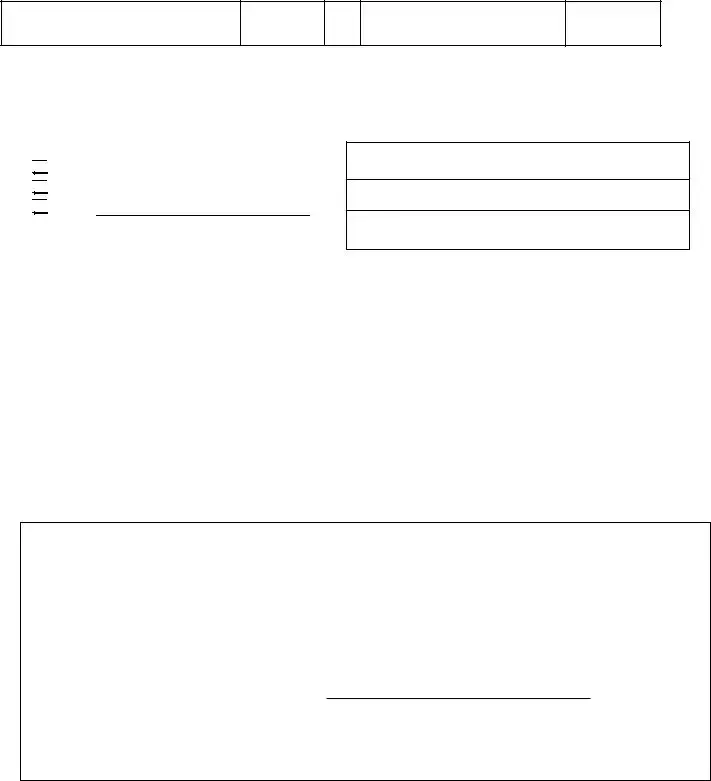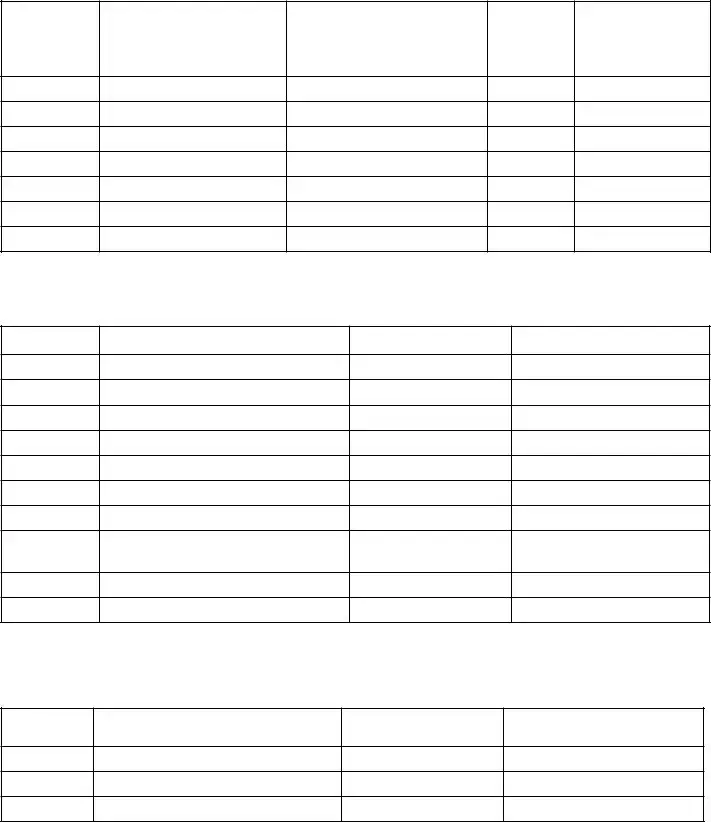The Vermont 813B Financial Affidavit shares similarities with various other legal forms due to its comprehensive nature in documenting financial information, particularly in family law contexts. Similar documents would serve related but distinct legal needs. Each document captures different aspects of an individual's or entity's financial picture, yet they intertwinely facilitate the legal processes requiring financial transparency and disclosure.
One closely related document is the Statement of Net Worth used in divorce proceedings in some states. Like the Vermont 813B, this form requires detailed disclosure of assets, liabilities, income, and expenses, helping to establish a clear financial picture of the parties involved. Both forms are critical in divorce cases for equitable asset distribution, determining alimony, and child support payments.
The Uniform Financial Affidavit, another similar document, is utilized across various jurisdictions for cases involving child support, alimony, and sometimes for marital dissolution. Its purpose mirrors that of the Vermont 813B, providing a comprehensive overview of one's financial status. Both documents ensure fairness and accuracy in legal proceedings by requiring detailed financial disclosures.
Child Support Financial Affidavit forms, specifically tailored for child support cases, also resemble the Vermont 813B. These affidavits collect detailed financial information from parents to calculate appropriate child support payments, taking into account income, expenses, and assets, much like the Vermont 813B's detailed asset section.
The Disclosure Statement is another document with similarities, often used in legal disputes or financial transactions to provide a full account of one's financial situation. While broader in use, it aligns with the Vermont 813B's goal of promoting transparency and honesty in financial disclosures to support judicial or transactional decision-making processes.
The Mortgage Application Form, while distinct in purpose, encompasses detailed financial information similar to what the Vermont 813B collects, including assets, debts, and income. This parallel underlines the importance of accurate financial disclosure in assessing one's ability to fulfill financial obligations, whether in familial court cases or in securing loans.
Bankruptcy Forms necessitate a comprehensive listing of assets, liabilities, income, and expenses, similar to the requirements of the Vermont 813B. These forms are vital in determining a petitioner's eligibility for bankruptcy protection and the type of bankruptcy they may qualify for, emphasizing the critical role of detailed financial documentation in legal proceedings.
The Pre-nuptial Agreement Forms, where couples disclose their assets and debts before marriage, also share a likeness with the Vermont 813B. Both documents ensure there's a clear record of each party's financial situation at a certain time, which is crucial for resolving any future disputes or proceedings.
Finally, Estate Planning Documents, such as wills or trusts, often require detailed lists of assets similar to those detailed in the Vermont 813B. These forms help in the distribution of an estate according to the deceased’s wishes, underscoring the importance of thorough financial documentation for legal processes.
In conclusion, while each of these documents serves specific legal purposes, their common thread lies in the comprehensive financial disclosure they require. This underscores the foundational role of transparent financial documentation in safeguarding fairness and accuracy within the legal system.


 Plaintiff
Plaintiff
 Defendant
Defendant
 Other
Other
 Yes
Yes  No
No
 No
No



